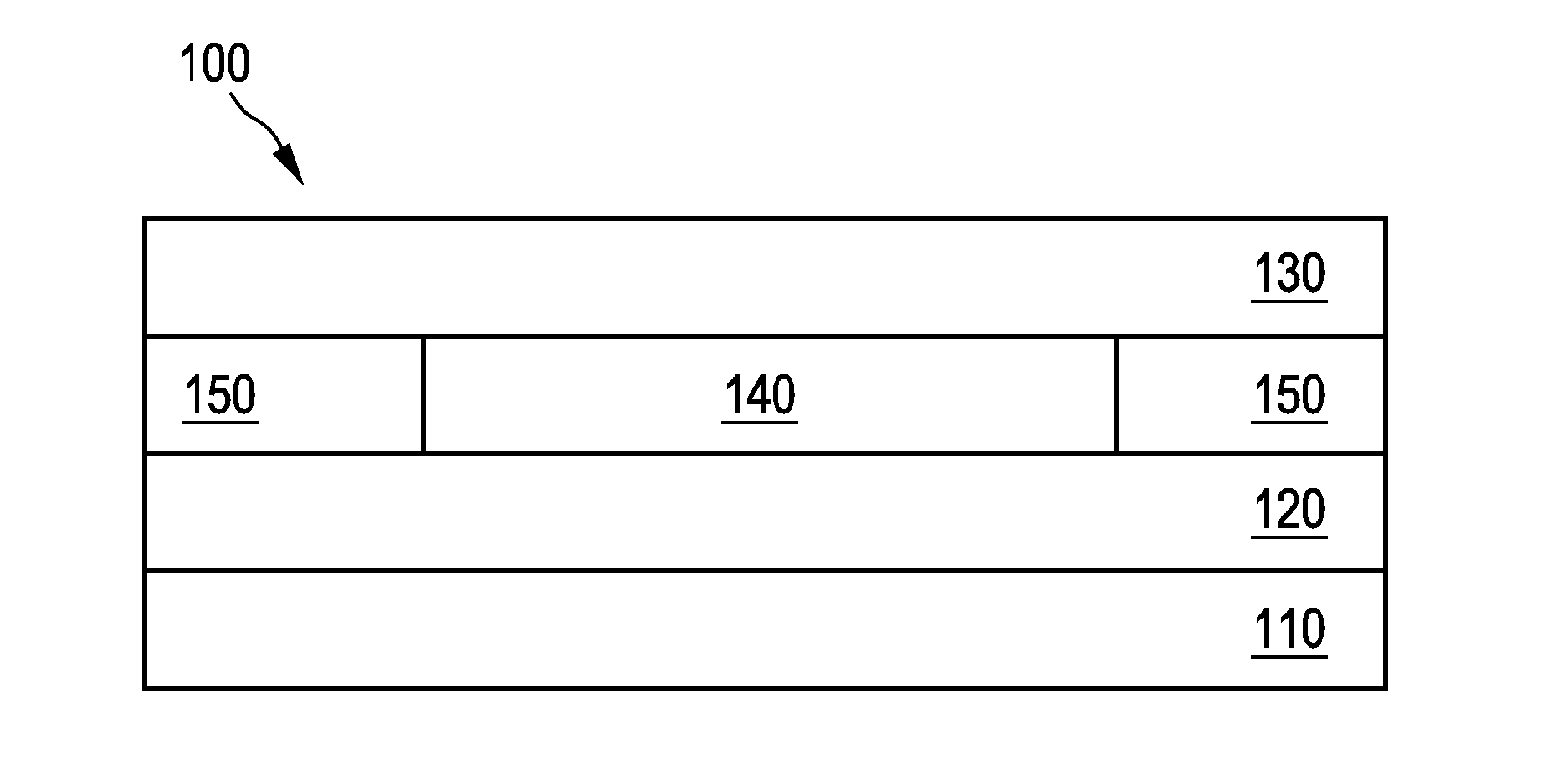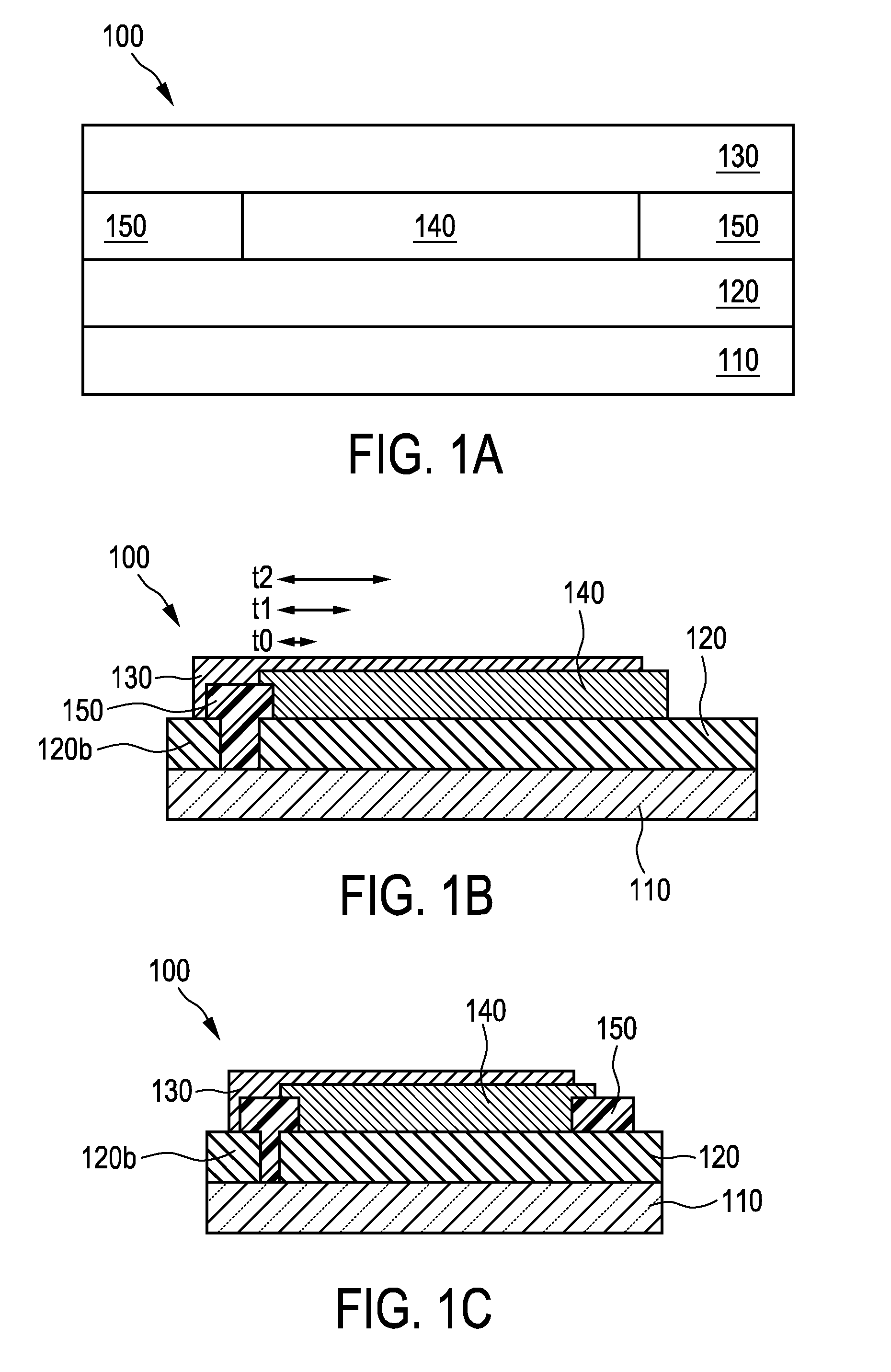Organic light emitting diode
a light-emitting diode and organic technology, applied in the field of organic light-emitting diodes, can solve the problems of pixel shrinkage and lighting area reduction, and achieve the effect of reducing or eliminating pixel shrinkage and reducing lighting area over tim
- Summary
- Abstract
- Description
- Claims
- Application Information
AI Technical Summary
Benefits of technology
Problems solved by technology
Method used
Image
Examples
Embodiment Construction
[0035]OLED substrates comprise a dielectric layer to provide an electrical isolation between the electrodes and to cover the edges of the electrodes which otherwise may lead to failure of the OLED device due to the high electric field at the edges of the electrodes and / or damaged organic layers resulting from edges of the shadow masks for the electrode layer. The dielectric layer also allows a certain degree of tolerance towards the misalignment of the mask during organic and cathode layer deposition.
[0036]FIG. 1A shows schematically and exemplarily an embodiment of an organic light-emitting diode (OLED) 100. OLED 100 comprises a substrate 110, a first electrode 120, a second electrode 130, and an active layer 140 located in-between the first and second electrodes. Preferably, a dielectric layer 150 is locally placed to cover the edges of the organic / electrode layers 120, 130. In some embodiments (such as, e.g., the one illustrated in FIG. 1B), dielectric layer 150 may also cover th...
PUM
 Login to View More
Login to View More Abstract
Description
Claims
Application Information
 Login to View More
Login to View More - R&D
- Intellectual Property
- Life Sciences
- Materials
- Tech Scout
- Unparalleled Data Quality
- Higher Quality Content
- 60% Fewer Hallucinations
Browse by: Latest US Patents, China's latest patents, Technical Efficacy Thesaurus, Application Domain, Technology Topic, Popular Technical Reports.
© 2025 PatSnap. All rights reserved.Legal|Privacy policy|Modern Slavery Act Transparency Statement|Sitemap|About US| Contact US: help@patsnap.com



